CuriosiD: Why Do Police “Shoot to Kill”?
Jake Neher April 21, 2016To answer a listener’s question about police shooting protocols, WDET heads to the gun range.
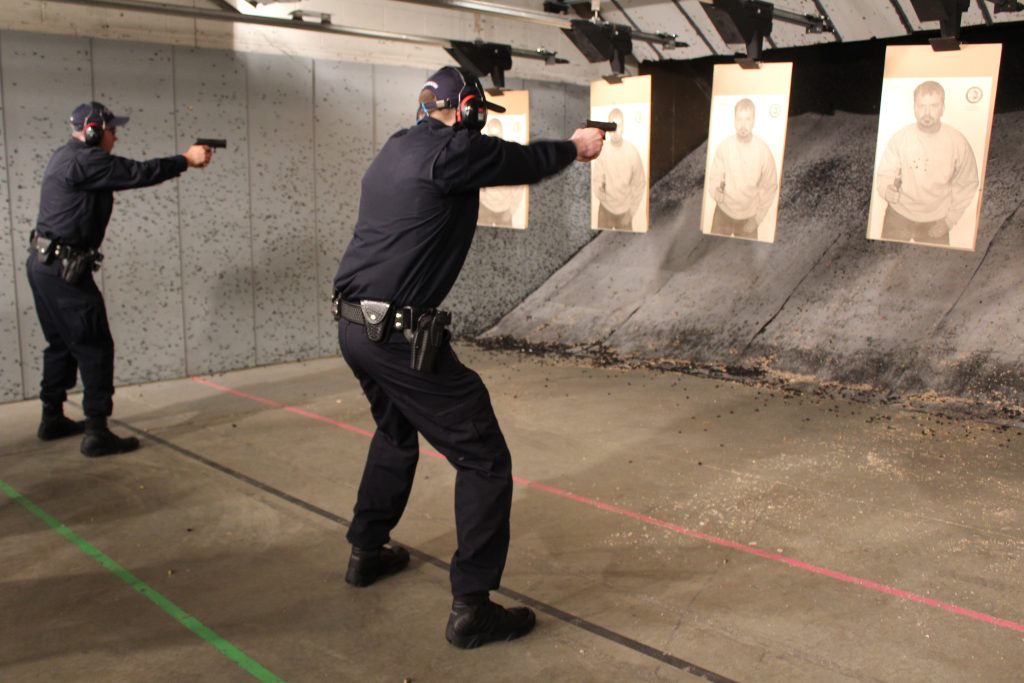
“Why is it that sometimes police officers use lethal force and other times they don’t? How do they determine when?” asked listener David Ewick of Southfield.
Law enforcement agencies are facing public scrutiny over recent police shootings, pushed further into the national spotlight by the “Black Lives Matter” movement. As part of our CuriosiD series, Ewick posed the question about how police are trained to use their guns.
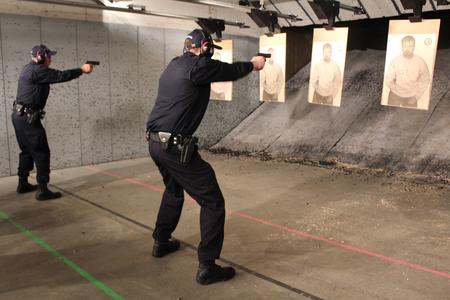
To get to the bottom of David’s question, WDET reporter Jake Neher visited the Oakland Police Academy in Auburn Hills where recruits were in the middle of shooting drills.
Here’s what that sounds like.
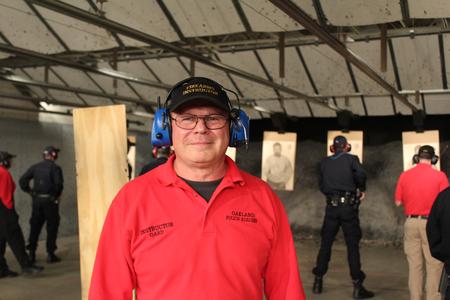
Everett Gard, an instructor and range master at the police academy and a 20-year veteran of the force in Pontiac, says not much has changed in recent decades when it comes to how officers are trained to use their guns. “With the recent events, we don’t train any different,” says Gard. “Because we’ve always been trained with, ‘OK. You have to have a threat there.’”
Under case law set by the U.S. Supreme Court, police officers can use lethal force when they reasonably perceive their lives or others’ lives are in danger. Law enforcement officials WDET spoke with say there’s no science to determining whether there’s a threat and that every situation is different.
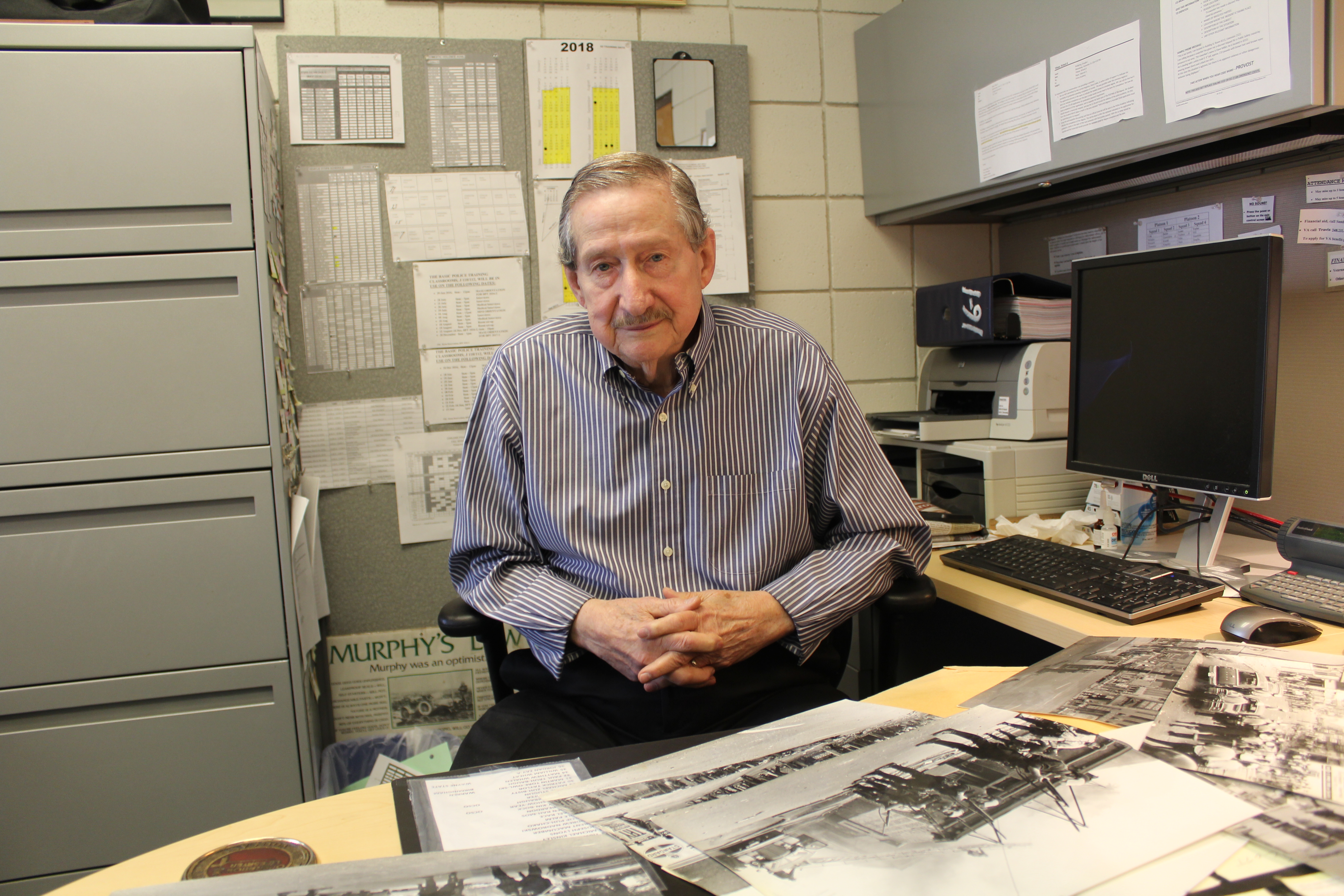
“They’re never trained to shoot to kill. But you intend to stop that action,” says Oakland Police Academy Director Richard Tillman, who spent three decades with the Detroit Police Department. “Because of your training, you’re taught to shoot center-mass and so forth. Death is likely to occur, but that isn’t your intention. You just want them to stop either charging you with a knife or stop firing that weapon at you.”
So why can’t police aim at the suspect’s legs, or shoot the guns out of their hands?
Tillman says you don’t want to aim for arms, legs, or other parts of the body that are smaller and likely to move around in these situations. If you miss the person, you don’t know where that bullet is going to end up – which creates a danger for other people nearby. And shooting someone around the sternum area is most likely to incapacitate someone.
To evaluate the answers provided by the law enforcement community, WDET spoke with Carl Taylor, a Michigan State University professor who’s studied police shootings. Taylor also has family members in law enforcement. He says he’s not buying the idea that police don’t intend to kill when they fire their guns.
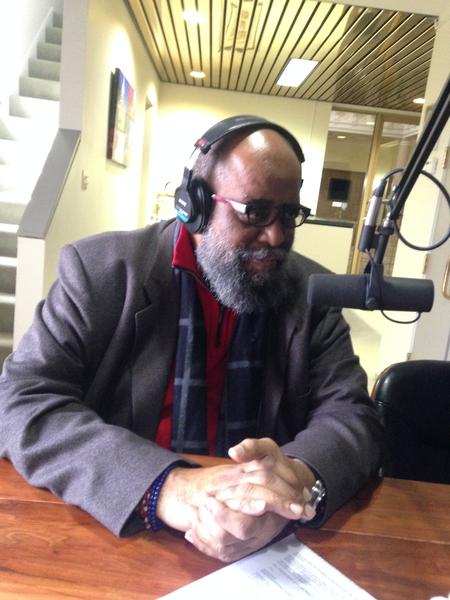
“In all of my research, they have been taught to shoot to stop the challenge – and that is ‘shoot-to-kill’ in street terms,” explains Taylor. “That’s simply what it is. They have to.”
Listener David Ewick says he’s not surprised by any of those answers to his CuriosiD question. He says he had a hunch that’s what we would find out. But he says it doesn’t put the issue to bed.
“I did not believe that there was a simple answer,” said Ewick. “And to me that was kind of why I wanted to present the question, because I do think that it is something that needs to be an ongoing conversation.”

You can find more stories like this by visiting wdet.org/curious. There you can also let us know what you’re curious about in Detroit and across the region.
